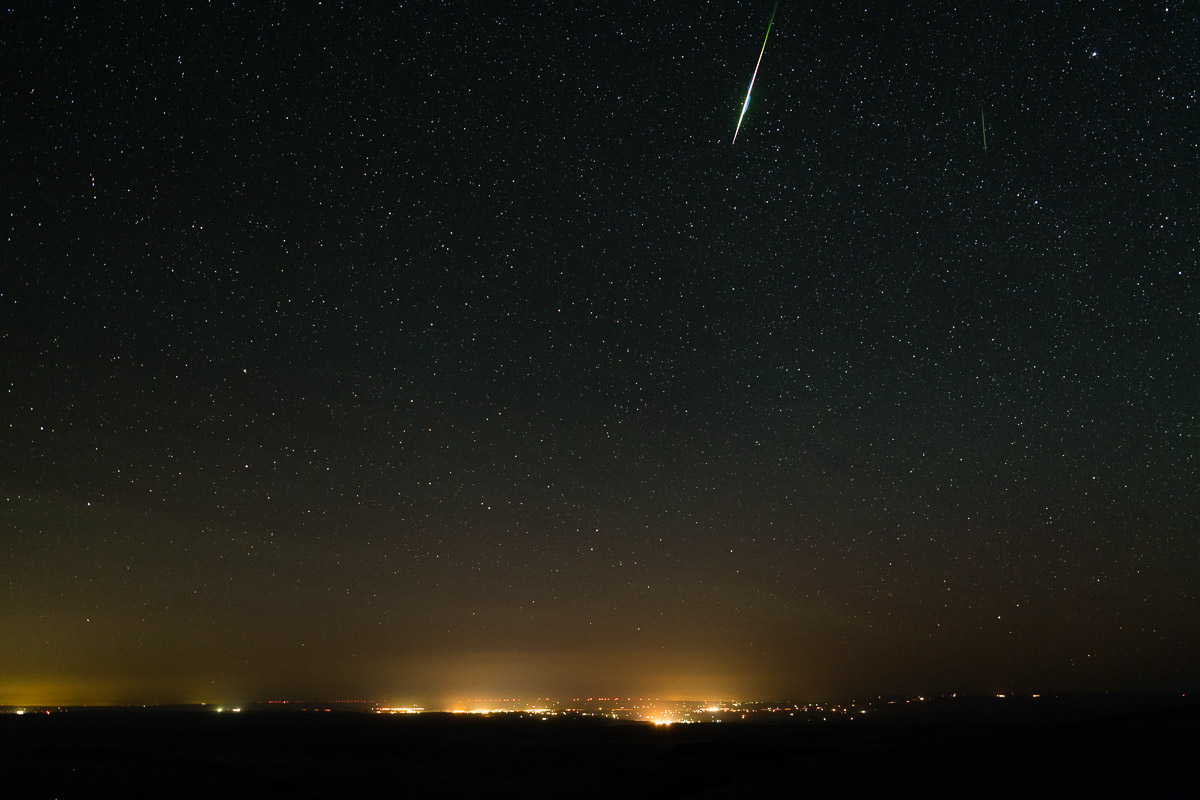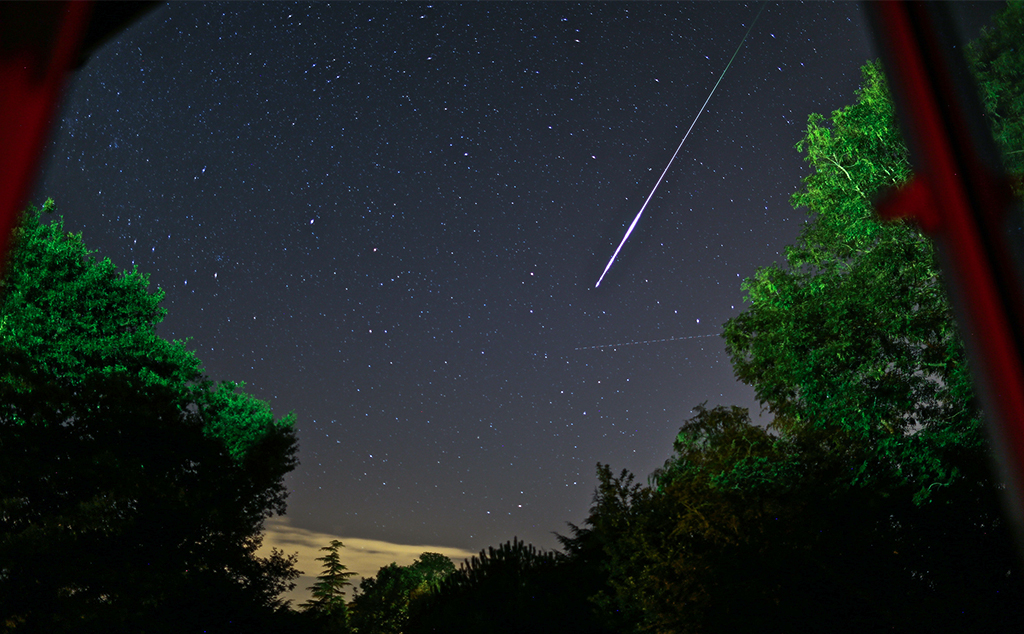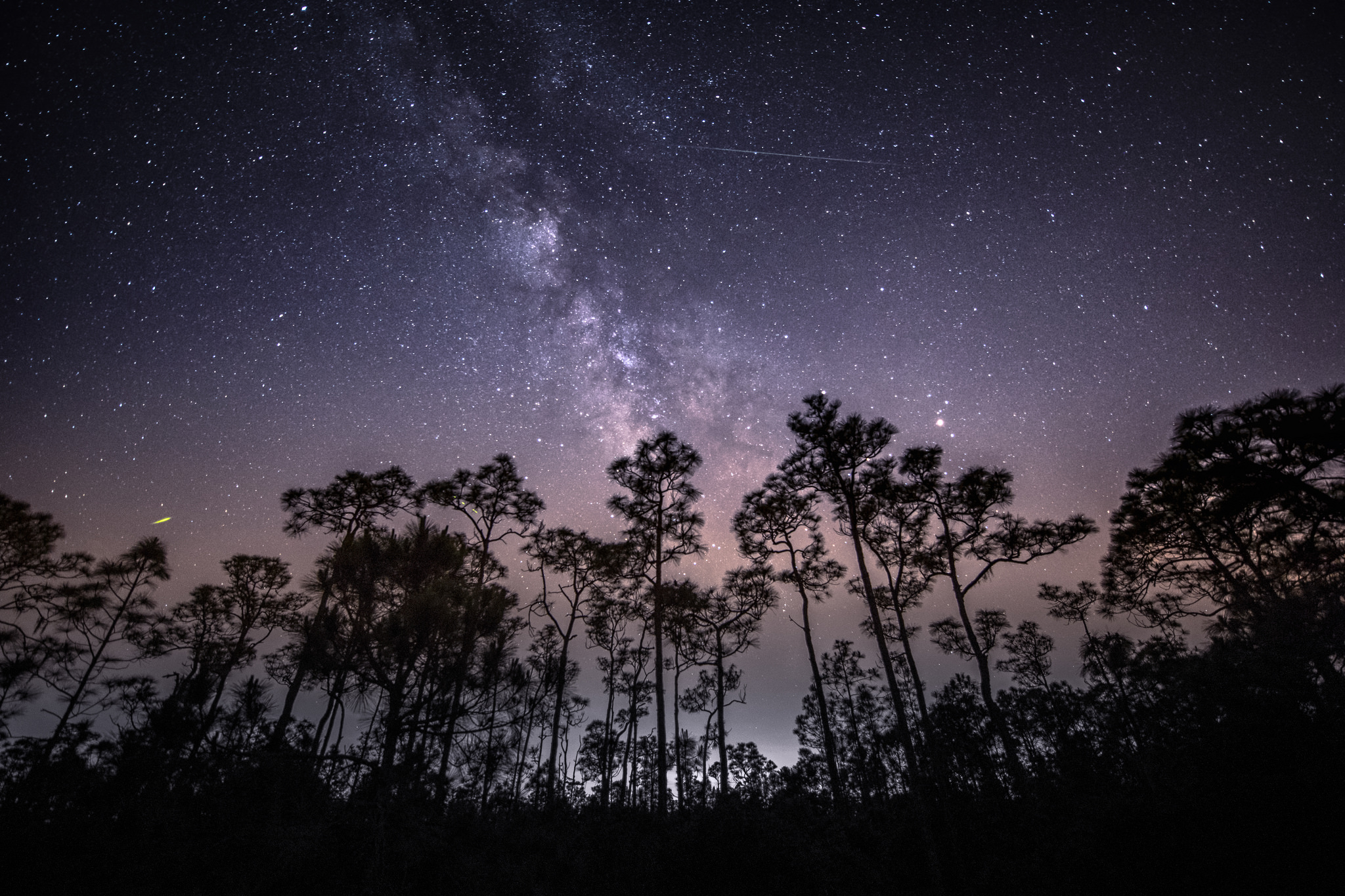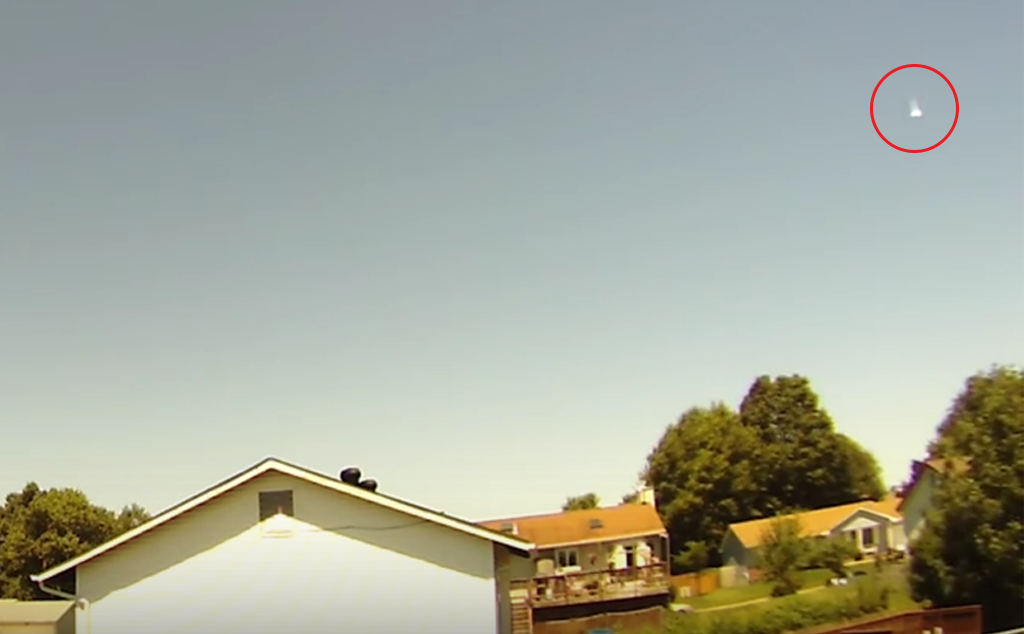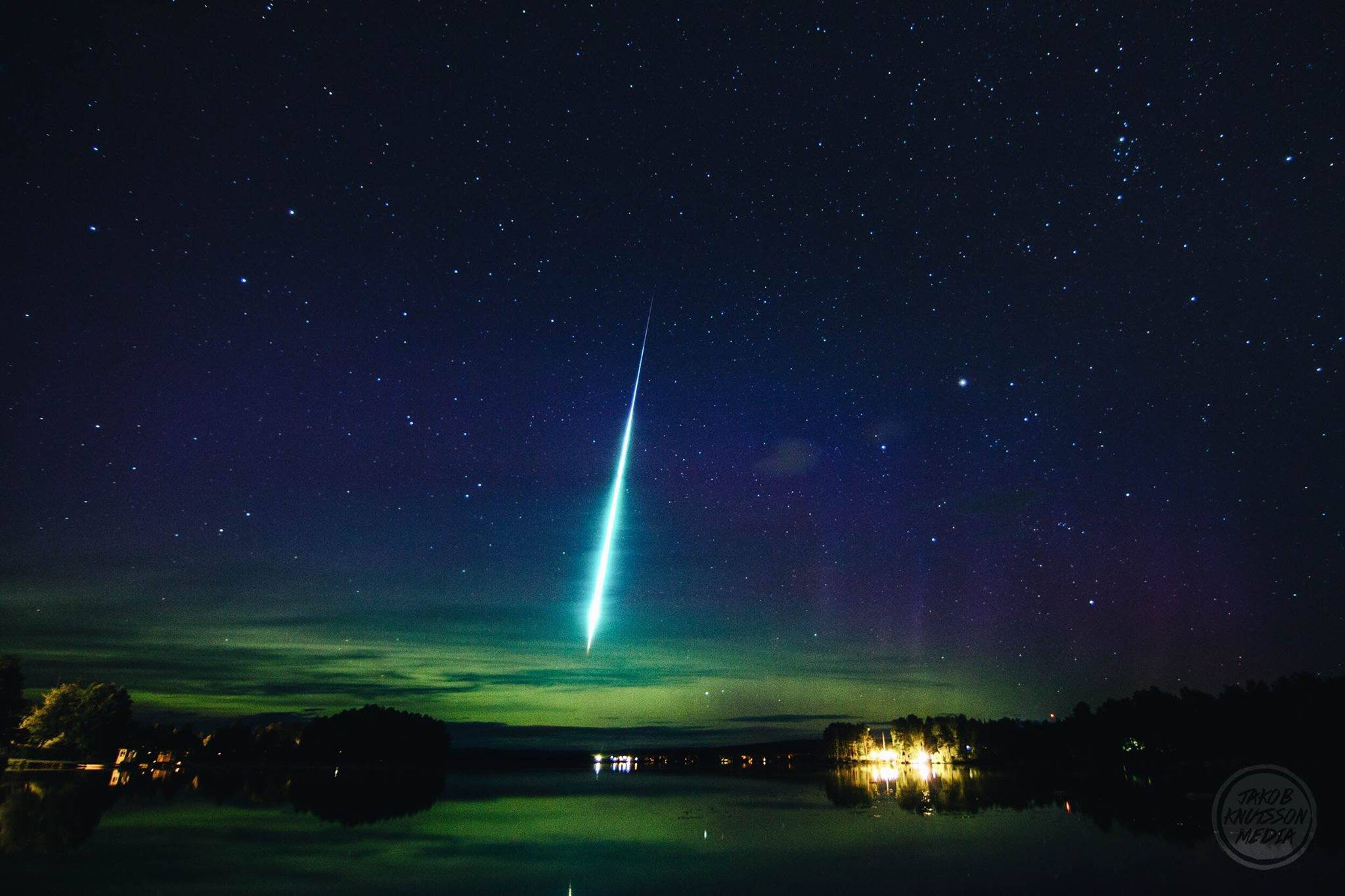
Meteor Activity Outlook for September 3-9, 2016
During this period the moon waxes from a very thin crescent phase to nearly half-illuminated by the end of the period. This week will be the best time of the month to view meteor activity as the moon will not interfere with morning observing.
 American Meteor Society
American Meteor Society

